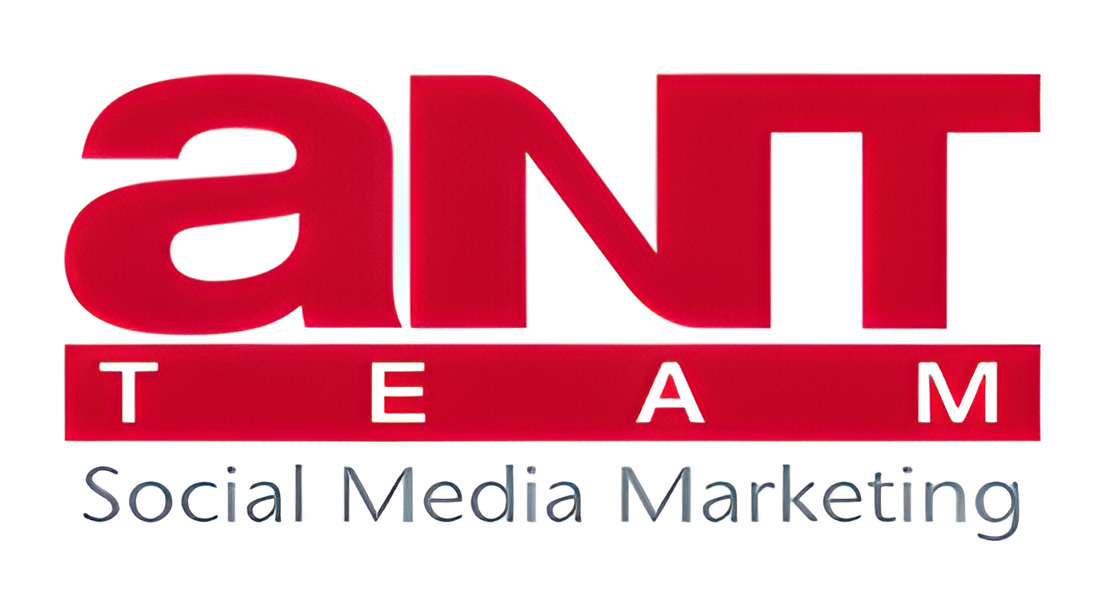The 10 Best Email Marketing Agencies in Singapore to Increase Opens, Clicks and Sales
Email marketing is one of the most effective marketing channels for brand dissemination, customer engagement, and lead conversion. In a Statista research, it was projected that by 2025, there will be about 376 billion emails sent daily, with about 4.5 billion active users. These are huge numbers that businesses should see as an opportunity to reach more customers.
Several studies show that targeted emails have high open and click through rate. Key elements of successful email marketing campaigns include having a data-driven plan, proper segmentation, and delivering personalised and well-designed emails. Used well, your emails lead to instant feedback, quality engagement, and conversions.
If you’re not sure where to start, the following guide will inform you how to design and implement an effective email marketing campaign for your business. Check out our highly-recommended email marketing agencies in Singapore to find out more how you can use emails to leverage your business.
How to Choose Email Marketing Services that Guarantee Increased Sales and Revenue
While marketing strategies in recent years have been dominated by content marketing, search engine optimisation and social media marketing, email marketing remains an important tool for connecting directly with customers. According to mobile email usage statistics in 2021, smartphones and tablets played a crucial role in the increase of email interactions and revenue in the past few years. The study showed that 26–78% of emails are accessed through mobile devices, with 40% of those users aged over 18 and can make purchasing decisions.
There is also a clear correlation between the number of targeted subscribers a business has and its sales. An article posted on the Singapore Business Review website put the return of investment (ROI) figures for email campaigns at 112% with an average open rate (how often an email is opened or read by the receiver) at above 20%.
It is actually no longer a question of whether email marketing is effective – that is an established fact. What businesses need to understand is how to apply different email marketing strategies to increase their customer engagement and conversions.
In this guide, we discuss how you can create lead-generating emails and newsletters, determine the right email marketing campaign strategy, and how to look for a digital marketing agency to help you reach your business goals.
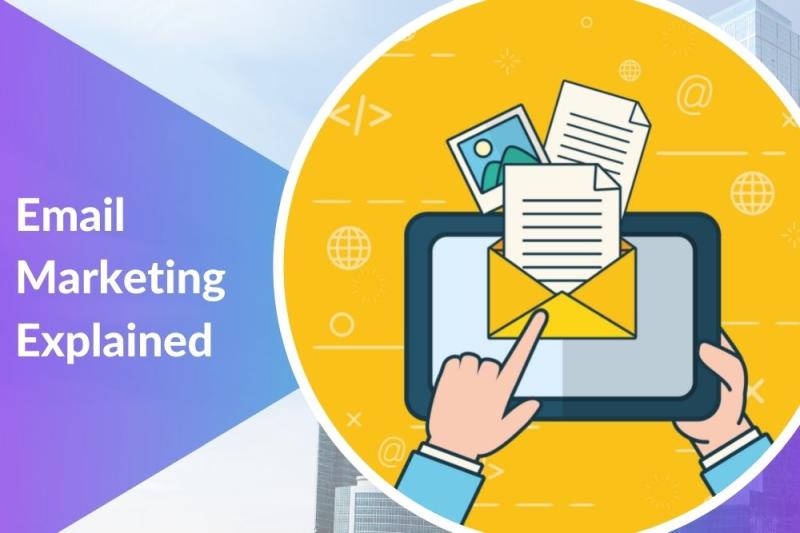
What is Email Marketing?
Email marketing is a form of direct marketing strategy that sends email messages to customers or prospects. It promotes products or services, shares updates or news about the brand, and develop relationships with the customers. The goal of sending email messages in mass quantities is to convert leads to actual sales and turn what would have been one-time buyers into loyal customers.
Marketing emails can take different forms depending on how it directs the customer’s actions. The most common type is the promotional email. This can be part of a campaign to announce special offers or product releases and entice customers to buy a product or engage a service. There is a clear call to action with these emails, most commonly to click on a link to the website’s shop.
Another type of campaign involves the use of informational emails. These are emails sent to your subscribers about the latest content on your websites, such as a new blog post, announcements, and other information they might find helpful.
A more sophisticated approach is sending personalised emails with recommend products customers are likely to buy based on their user profile and purchasing behaviour data.
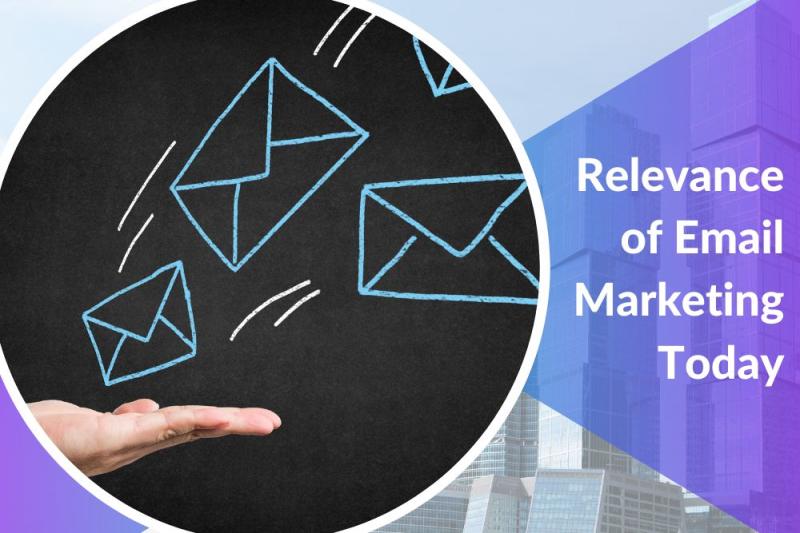
History and Relevance of Email Marketing
The first email campaign was used conducted in 1978 by the Digital Equipment Corp. Affiliate and content marketing strategies did not gain traction until the late 1990s, social media marketing became popular only in the early 2000s, and influencer marketing even later. In comparison, email marketing is one of the first forms of online marketing and has continued to evolve to adapt to changes of the times.
According to a report by the Data and Marketing Association, emails still lead in terms of response rate and ROI. It is one of, if not the best digital marketing methods for generating profits with one of the lowest cost-per-acquisition compared to other internet marketing techniques. Furthermore, it is instrumental in building good relations with customers and provides helpful information for data analytics. Emails have withstood the test of time. It is a practical option that can be used alongside other more recent online marketing techniques to create an omnichannel marketing campaign.
What may have given emails a somewhat bad reputation is that many emails from the past were poorly constructed with static content, leading many people to associate them with spam. Fortunately, the marketing emails of today have improved considerably, making them more relevant to businesses and their customers alike. Emails have the advantage of making use of a variety of media such as photos, short videos, animation, personalised text, and links. This is why personalised emails is one of the best strategies for this campaign.

Benefits of Email Marketing
Based on the Content Marketing Institute's 2020 research on business-to-business (B2B) marketing, more than 80% of B2B marketers use emails as their main content marketing channel. In addition, about 90% mention that email engagement is the primary metric they use for following performance and progress. But how exactly does this work, and why are emails so beneficial to many businesses?
- It creates positive engagements
You can effectively adjust campaigns and have targeted content focusing on a specific audience or even an individual consumer through emails. Personalised content can be as simple as having the recipient’s name in the email or creating the emails depending on the group of customers that have the same concerns. You can track the effectiveness of this on your campaign reports.
- It gets customer feedback easily
Improvement comes from knowing what you are doing right and recognising what you are doing wrong. Furthermore, this comes with the use of an accurate metric primarily based on performance and customer satisfaction. Emails are a great way to collect feedback from customers who have yet to buy your products and services.
When conducting an email campaign, you can include a satisfaction survey towards the end of your message. Doing surveys often result in valuable information – regardless of whether they are compliments or criticisms – that could help you develop strategies that will improve customer experience.
- It creates cost-effective projects
Traditional campaigns like print ads usually are considered costly, especially in the long term. Email campaigns are more cost-effective, given that creating an email account and sending emails are practically free. Furthermore, emails do not take as long to start and develop. Templates for the email can be easily drafted, while text, images, and contact details can be copied and sent to multiple receivers.
- It boosts conversions
Email campaigns can help a business connect with prospects, nurture the relationship, and eventually encourage them to make a purchase. In terms of leads, the most significant advantage of employing emails is that it helps you filter out insufficient information and target customers who are authentically interested. If you use additional email marketing tool and metrics, you can even keep track of the consumers reading and interacting with the content.
- It increases sales
Send your clients promotions for new products and services (make sure to mention this right at the subject line) to garner interest and leads. Choose which products to feature based on each user’s personal profile and on the recommendations of your data analytics. Promos and discounts can be included as a bonus incentive for customers who click the link to the products included in the email. Beyond recommending products to your customers, email marketing can also boost your site traffic and increase brand awareness.
- It delivers relevant, timely information
You can put out campaigns and advertise your products with better timing using emails. Unlike with traditional marketing, which often takes months to plan and execute, an email marketing campaign can be drafted in as short as a few hours and implemented on the same day. Using email automation, you can schedule when the emails will be sent, giving you even more free time. You can also quickly tweak or customize the details of your campaign based on the results you’re getting.
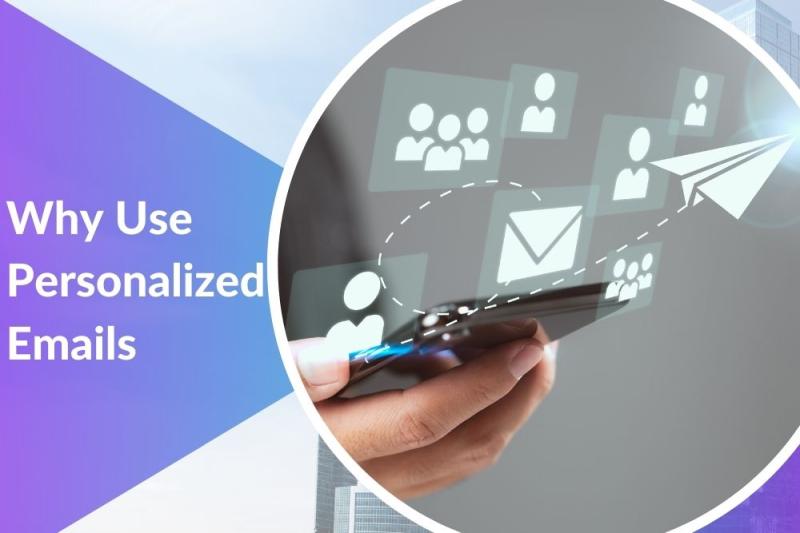
Why Businesses Need to Use Personalised Emails
Your emails should be professionally-designed letters with a personal touch. They should cater to your target audience and motivate them towards the desired action. Personalisation and relevance are key here: these elements give your subscribers or customers a positive experience. Delivered at the right time and to the right people and devices, this results in customer retention, engagement, and higher conversion rates.
Except for social media marketing, there is probably no other internet marketing technique better than emails at engaging clients and establishing better relations. However, while most people simply scroll away on Facebook and Instagram, those who open their emails are more likely to give attention to your message and follow its call to action.
Personalisation starts with crafting engaging subject lines. According to a survey by Consumer Pulse, 47% of emails sent by companies are opened if the email subject line is interesting. For an effective email marketing content, combine a well-written copy, beautiful graphics, and even animation and video. If done right – when your emails are relevant and understand the needs and interests of your customers – emails are sure to drive revenue to your company.
Moreover, adding relevant content will make customers more likely to read and engage with the email. You can incorporate just about anything into your emails: write content that shows your personality, add a discount code, and even run friendly contests among subscribers. Showcase not just your products or services but also your creativity and authenticity.
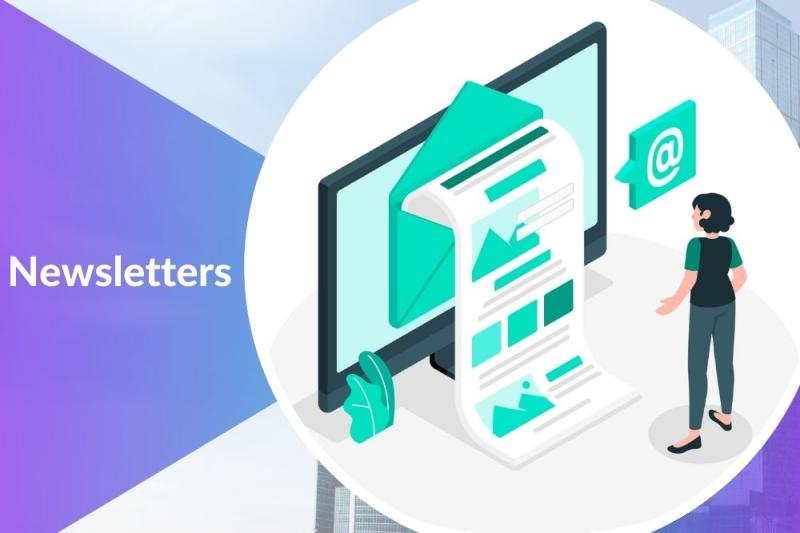
Newsletters as Informative Emails
Information emails are also customarily called email newsletters. Given its sheer value as a medium of digital communication in business and how commonly it is used today, newsletters should be part of your campaign.
A newsletter is an email marketing tool used to share information relevant to the business’ potential customers, as well as in encouraging customer loyalty. If you are subscribed to an online business, the emails you get almost always come in the form of a newsletter. For this reason, email newsletters have become one of the main foundations of email marketing strategies.
Newsletters are either e-newsletters or physical print. E-newsletters are much more commonly used today, although some companies still use traditional printed copies for specific campaigns.
For businesses, e-newsletters are usually the preferred medium for cost-effective information drive. Newsletters cost practically nothing to disseminate, whereas physical copies can cost a lot to print, and may still have an added cost for distribution.
Elements of an Effective Newsletter
To create informative and engaging newsletters, consider the following:
- Design
Without a well-made design, your newsletter might not come across as professional. Even if everything written is relevant, if your newsletter’s design is messy or difficult to navigate, your subscribers might not bother reading it. Having a sleek and well-thought-out design will make the material engaging, create more impact on your readers, and make it easier for you to guide them to your call to action.
- Content
Everything in your newsletter, from the subject line to the content, must be relevant to the topic to give subscribers a positive experience. Don’t discuss any unrelated topics or those not immediately applicable to the product or service you’re promoting. The content of your newsletter should always revolve around the intent and interests of your subscribers.
- Value
What comes from both design and content should be valuable. Make sure that you give your customers what they came for – better yet, give them something they did not even know they needed. You can do this if you have a good understanding of your customers through your data analytics. This data will inform you about each customer’s demographic, shopping behaviour, and purchase history. If you can anticipate and provide your customers' needs, they will be excited to open your emails and you will get a a higher click-through rate.
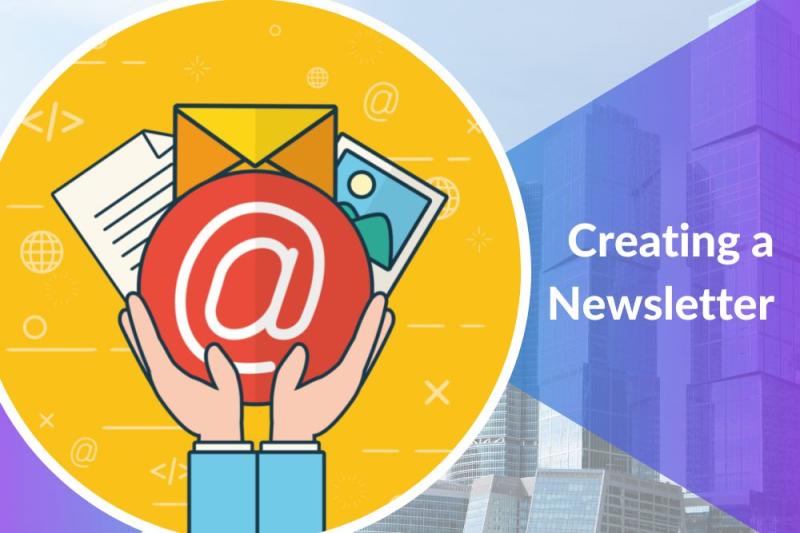
Creating Effective Email Marketing Campaigns
The majority of people in Singapore check their emails at least once a week. According to a Statista research, consumers also have more trust in messages such as emails over intrusive and arbitrary advertisements. Therefore, if your business is not running targeted emails, you may be missing out on potential customers.
To create effective, personalised and dynamic emails, consider these steps:
- Campaign goals
Firstly, you want to envision and set your goals and desired results. You have first to base these objectives on research. Gather enough information and context to properly gauge the thresholds and limits allowed in this venture. These goals will serve as your basis for the whole campaign and can be used to evaluate the results. This determines which areas need to be improved for your future campaigns.
Some goals to consider include growing your email opt-in subscribers, increasing your subscriber engagement and click-through rates, and gathering data about your target audience to improve analysis and segmentation.
- Target audience
Emails have evolved from being one-size-fits-all mails for mass distribution to a medium with more targeted messaging.
If you know your customer data, you will have a good idea of what they want, need spending habits, trends in the market, and more. This method is called segmentation, which is using data from customer interactions and details in their profiles. For B2B campaigns, the segmentation is based on industry, company size, and sales cycle. Using segmentation based on your target audience will show a difference in numbers in terms of email open rates, sales leads, and completed transactions through email engagement.
One method to increase the chance of your emails being opened and read is to use a double opt-in subscription process. This requires users to verify their email address and re-confirm their interest, signifying a higher level of interest.
- Post scheduling
It’s best to set a schedule for when your newsletters will be sent and how each particular campaign should last. Generally, it’s advised that to have a campaign with a high reach, you should send 2 to 10 emails over a few days or weeks. But this isn’t a limit – your newsletters could go for months or until the email subscribers hit the unsubscribe link. Setting a schedule at the start of a campaign makes your content more consistent and helps evenly spread out your content delivery and engagement.
Running automated email campaigns is one method of post scheduling. Auto emails are also called trigger-based emails because they are sent automatically once trigged by a particular user behaviour.
- Campaign performance
Measuring the campaign performance objectively determines if the company has achieved the desired results with the strategies used. Some of the most important metrics to follow are:
- Open percentage: the rate at which the consumer opens and reads the email
- Clickthrough percentage: the rate at which consumers go through the email's content and follow through with your call-to-action
- Email deliverability: the rate at which the email reaches the potential customers’ inbox
- Subscribe-unsubscribe rates: the number of people who decide to subscribe or unsubscribe to your service after receiving the email (or a set number of emails)
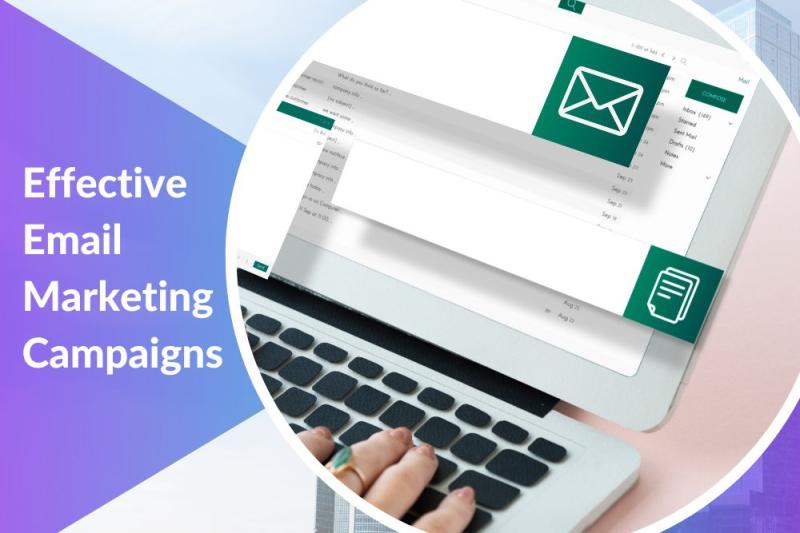
Email Marketing Agency: Key to Successful Email Marketing Promotions
There are a lot of factors that you need to consider when choosing an email marketing company. These are some of them:
- Good reputation and best practices
Check the portfolio of the company’s past projects and read reviews of their clients. Look for agencies that have experience with or have overseen the type of email campaigns you are planning.
- Good value for your money
Running advertisements on magazines, newspapers, TV and radio could easily cost thousands and use up all your company’s marketing budget. Digital marketing, however, can cost as much as or as little as your budget allows.
- Great customer relationship management
Positive customer interaction is crucial facilitating customers to hit all the important touchpoints during the sales process. One of the goals of email marketing is to convert potential customers, therefore building an email list of contacts is a core part of the campaign.
- Experience in your industry
This helps the agency decide what works and what doesn't in your specific industry. The agency can recommend specific strategies that will work with your target audience. You can typically judge a digital marketing agency’s experience by the quality of their email marketing tips.
- Good customer service
Email service providers should exhibit clear communication, professionalism and responsiveness. They should also be able to understand the goals and objectives of your business.
- Expertise in email marketing software and tools
Agencies should be updated with the latest tactics in creating good email content. They should have the necessary tools for email marketing automation, email templates, campaign monitoring, contact information synchronisation, and software integration.
Emails continue to be a valuable communication channel for providing brand information and in generating more interest from customers. To learn how to start an email marketing campaign, check out our top email marketing companies in Singapore.
Latest Becozon Offer
Boost your business with these exclusive deals by our esteemed Becozon partners
Looking for a CRM software?
Get customisable, cloud-based sales and operations CRM software suitable for any industry. Contact us for a demo today!
Contact Us
